PPT-www.concrete-pipe.org ABCs
Author : tatyana-admore | Published Date : 2018-12-15
of Concrete Presented by Chuck Curry ABCs of Concrete What is concrete Where does it come from How is it used Is it all the same wwwconcretepipeorg wwwconcretepipeorg
Presentation Embed Code
Download Presentation
Download Presentation The PPT/PDF document "www.concrete-pipe.org ABCs" is the property of its rightful owner. Permission is granted to download and print the materials on this website for personal, non-commercial use only, and to display it on your personal computer provided you do not modify the materials and that you retain all copyright notices contained in the materials. By downloading content from our website, you accept the terms of this agreement.
www.concrete-pipe.org ABCs: Transcript
Download Rules Of Document
"www.concrete-pipe.org ABCs"The content belongs to its owner. You may download and print it for personal use, without modification, and keep all copyright notices. By downloading, you agree to these terms.
Related Documents

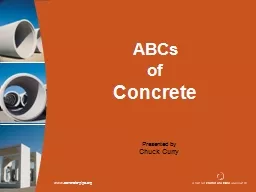
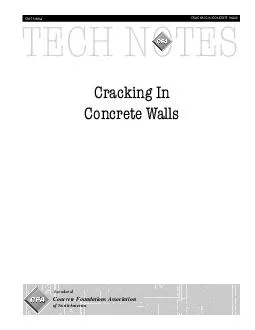
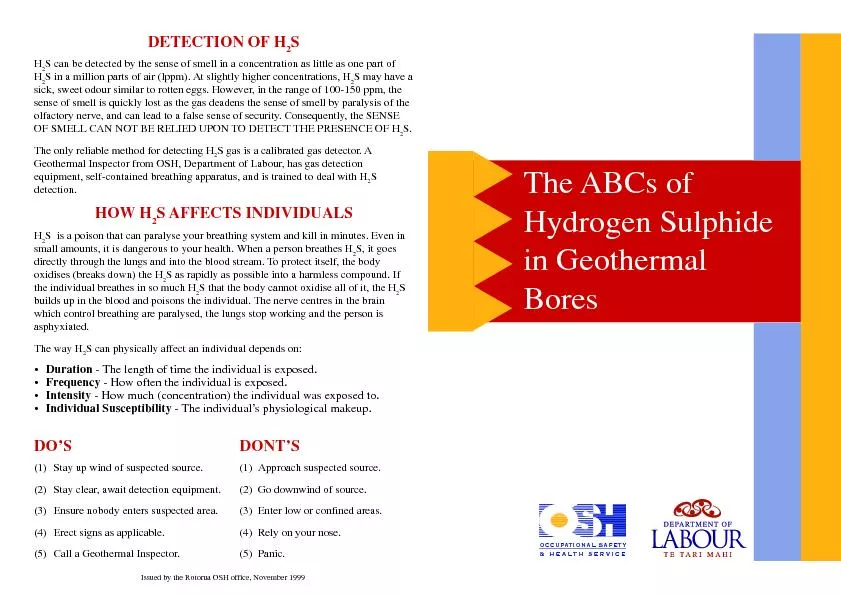
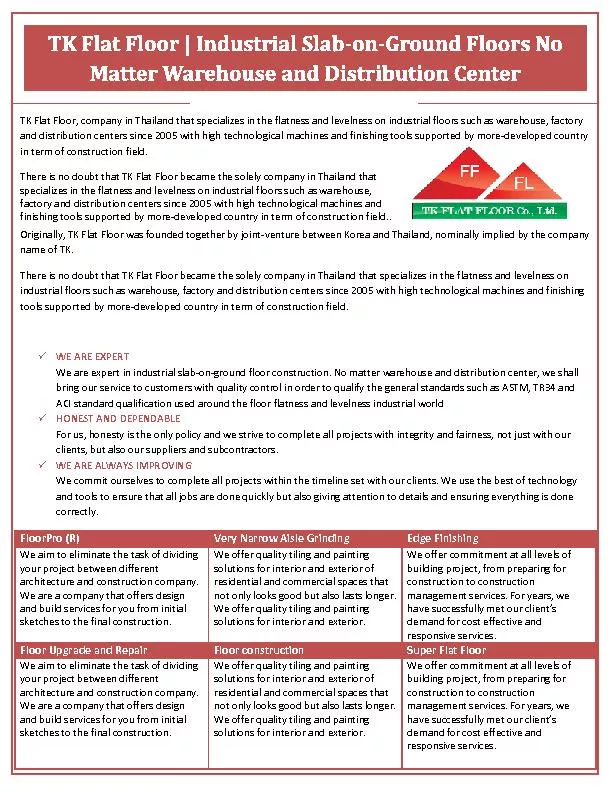



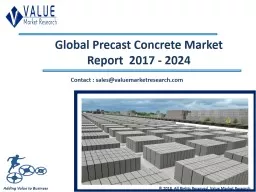
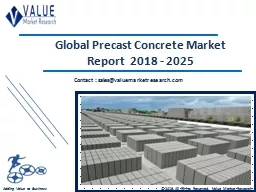
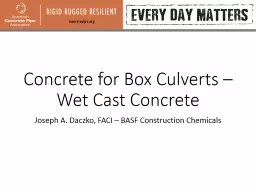
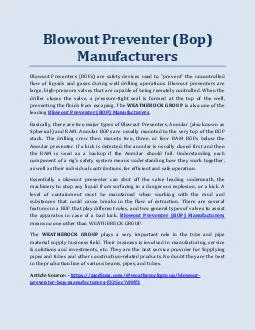
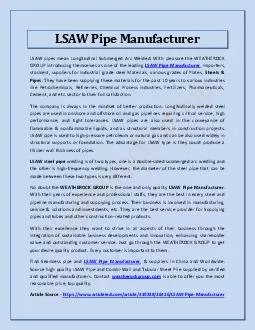

![Download Book [PDF] ABCs of Arbitrage 2018: Tax Rules for Investment of Bond Proceeds](https://thumbs.docslides.com/1020240/download-book-pdf-abcs-of-arbitrage-2018-tax-rules-for-investment-of-bond-proceeds-by.jpg)